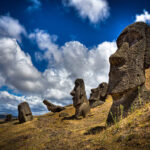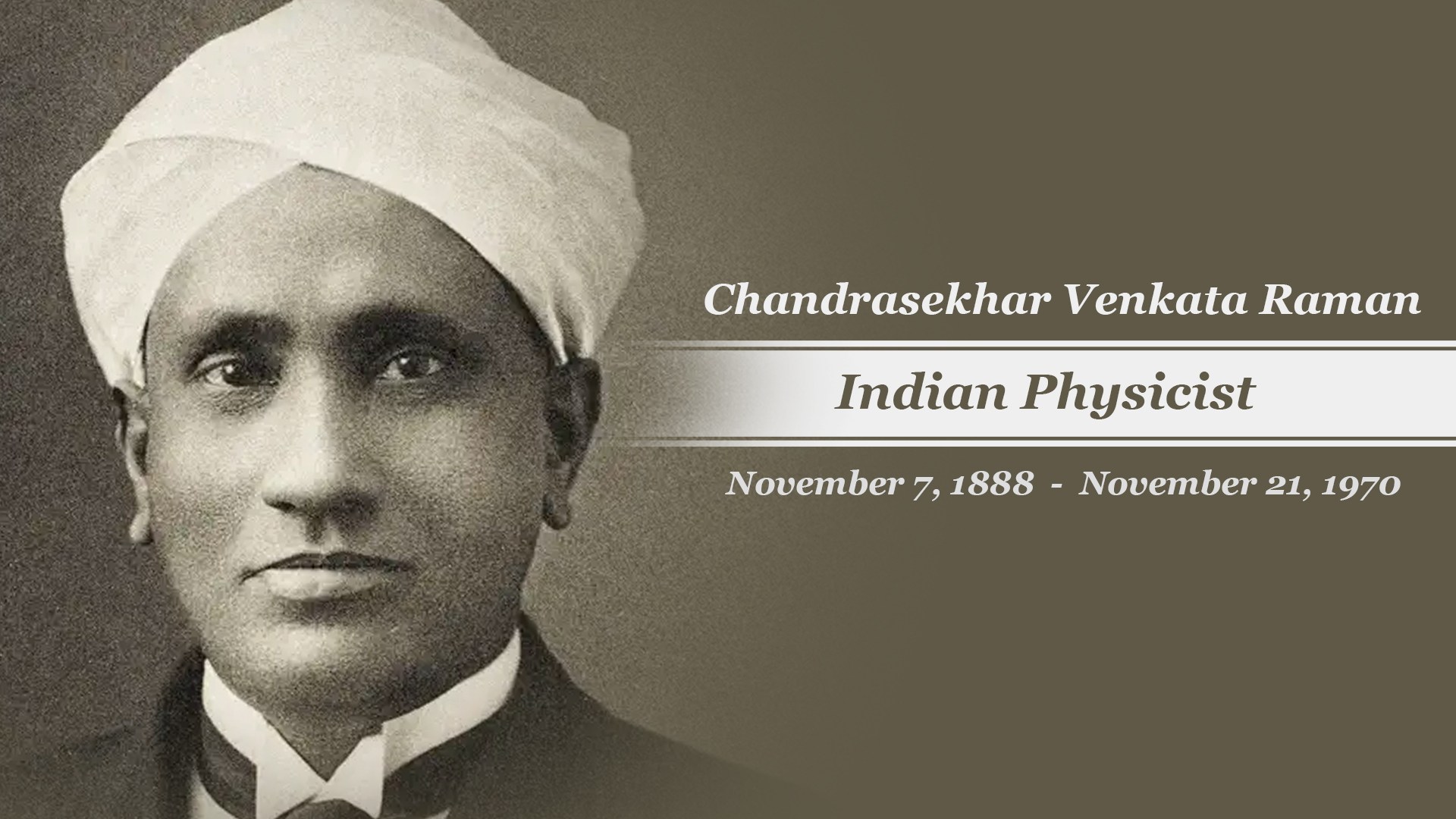Let me share two incidents with you first. The 2019 World Cup semi-final at Old Trafford cricket ground, where India faced New Zealand. New Zealand set a target of 239 runs, and based on India’s performance up until then, it seemed like that score wouldn’t be challenging at all. But during the match, rain interrupted play, extending it into the next day. When India came out to bat the following day, they managed only 221 runs and lost the match. As a result, India was knocked out of the World Cup in the semi-final. Many believe that had it not rained, India could have easily won the World Cup.
Moving on to the next event, in 2008 during the Beijing Olympics, China artificially induced rainfall for both the opening and closing ceremonies. This is known as ‘cloud seeding’. So, what is our discussion about? We are discussing cloud seeding, or the artificial process of creating clouds to induce rainfall by modifying the weather.
Now, let’s understand how clouds form naturally. Due to the sun’s heat, water from the Earth’s surface evaporates and rises. As it rises higher, its temperature drops and it cools down, forming tiny water droplets. These droplets cling to dust particles in the sky, forming dark clouds that float. When the clouds cool further, the water droplets grow larger and, due to gravity, fall to the Earth as rain. Nowadays, many countries use artificial cloud seeding to induce rain as needed.
Now, let’s learn a bit about how cloud seeding works. In areas where rainfall is needed, silver iodide and dry ice are sprayed using airplanes. Radars and satellites monitor specific regions. When cumulus clouds, suitable for cloud seeding, are detected in these regions, the information is relayed to the pilot. The pilot then sprays the dry ice and silver iodide onto the clouds. The dry ice, which is a solid form of carbon, further cools the clouds and helps the silver iodide act as a nucleus, allowing the water droplets to grow larger. Eventually, this leads to rainfall from the clouds.
Cloud seeding was first used in 1946, and the process was invented by Vincent Joseph Schaefer, an American chemist and meteorologist. The United States, several European countries like France and Spain, as well as China and India, have used this technique in various ways during 1983 and 1984. In 2003-2004, the governments of Karnataka and Maharashtra in India also employed cloud seeding.
Now, let’s look at the negative aspects of cloud seeding. The first example that comes to mind is the Vietnam War. In 1970, the American Air Force launched ‘Operation Popeye.’ Through cloud seeding, they extended the monsoon season in Vietnam. The logic was that increased rainfall would deteriorate transport conditions, slowing down military supplies to North Vietnam and thus delaying the progress of the war. The motto of the American Air Force at the time was “MAKE MUD NOT WAR.” However, many people were adversely affected by this. This was the first and last time cloud seeding was used in warfare, and it remains the only example of ‘meteorological warfare.’ No other country has used cloud seeding in this manner since. Though scientists claim cloud seeding has no negative impact, in China, various regions accuse each other of “stealing rain” due to cloud seeding activities. This is because inducing rain in one area can reduce the chances of rainfall in another. Additionally, when the silver particles fall to the ground, they can pollute the soil and the environment through the ecological system. Nowadays, cloud seeding is also done through missiles, which is what China did during the Olympics, and this method is somewhat less expensive than using aircraft.
So, friends, it can be hoped that in the future, cloud seeding can be used more effectively to mitigate drought, floods, and other adverse conditions, as well as to increase crop yield.
That’s it for today. On behalf of Sci-fi Note, I wish you all the best. Stay well, stay healthy, keep the environment healthy, and keep loving science. Thank you.











